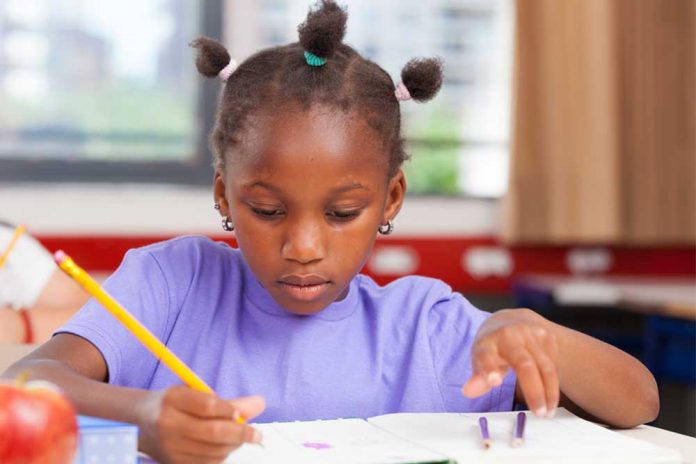When President Uhuru Kenyatta shut down schools mid last month, it was estimated that it would be a temporary measure and that, sooner rather than later, learners would go back to class.
But that was not to be. They have now been out for six weeks, part of which coincides with the April holiday, with no end in sight. And now, anxiety is building up.
When will schools reopen? If the situation does not change now, will there be national examinations this year? This is a matter that the government must deal with concretely and definitively.
President Kenyatta and Education Cabinet Secretary George Magoha have stated categorically that, at the moment, the government has no intention of cancelling the exams.
Granted, if schools reopen, perhaps in mid-May, it will be possible to recover the lost time. The school calendar can be revised by, among others, shortening the August holiday to a week, and two, pushing the exams dates to the end of November and part of December.
LEARNING PACE
However, in the meantime, the question is, how will the extended stay at home affect learners? How can Standard Eight and Form Four candidates prepare for the exams?
So far, the stock response is that the government is offering online learning through programmes developed by the Kenya Institute of Curriculum Development. Fair enough.
However, what the public has not been told is, what is the content on offer and how is the delivery?
KICD has a large corpus of teaching content transmitted through radio, television, audiovisuals and online. Typically, though, this is supplementary content to support classroom teaching facilitated by teachers.
The material is not ordinarily the basic source of learning and for good reason: learning is determined by variables such as entry behaviour that presupposes prior knowledge, context, experience and pace. It is not universal.
And that is why classroom teaching is important; teachers can determine those variables and pitch their lessons accordingly.
Indeed, every class has fast and slow learners, both of whom have to be handled differently. To imagine that KICD content would be easily understood by all is not just unrealistic but unfair.
SCARCE RESOURCES
Fundamentally, digital and online learning raises the cardinal question of access — physical, mental and social.
Although statistically it is argued that many households have access to gadgets such as radio, television and smartphones, through which they can obtain the lessons, the reality is different.
Having gadgets is one thing but having the infrastructure, such as power supply for limitless access, as well as a conducive environment for consuming the content is another matter.
Worse, many parts of the country do not have internet connection and that automatically hinders them from downloading content or streaming.
Two, a practical reality in most households is that children are additional hands to be deployed to help in domestic chores and farm work.
When they are not in school, they are routinely asked to perform those duties. Since the KICD programmes are scheduled, it is idealistic to imagine that families will daily release their children to participate in TV lessons when there are tasks to be performed.
If, ordinarily, such social demands contribute to absenteeism and dropouts, how about when schools are closed?
LIMITED SPACE
The third element related to access is cognition and, specifically, helping learners to understand new and difficult concepts.
When in class, teachers explain concepts, answer questions or clarify facts. For the broadcasts and online content, that is not possible.
We are flagging a matter of great concern that ought to be handled with singular resolve and urgency.
Arguably, the broadcast and online programmes are no replacement for classroom teaching and should not be construed as adequate for learners to complete and understand the syllabus and candidates to prepare for exams.
Far too many learners are left out, accentuating the inequality that the school system is meant to eliminate.
The Kenya Secondary School Heads Association and the teachers’ unions have asked the government to consider a phased reopening of schools.
That means bringing back Forms Four and Three as well as Standard Eight and Seven learners and asking schools to keep health protocols. That is plausible.
But if the government has a better option, it should pronounce itself on it now. Keeping everyone guessing is not right.
Communication is pivotal at this point when the world is traumatised by the miseries caused by the coronavirus pandemic.
Time is running out, children are wasting away and parents are agonising, and so the government must give direction on the school calendar, especially reopening and national exams.
SOURCE nation.co.ke
